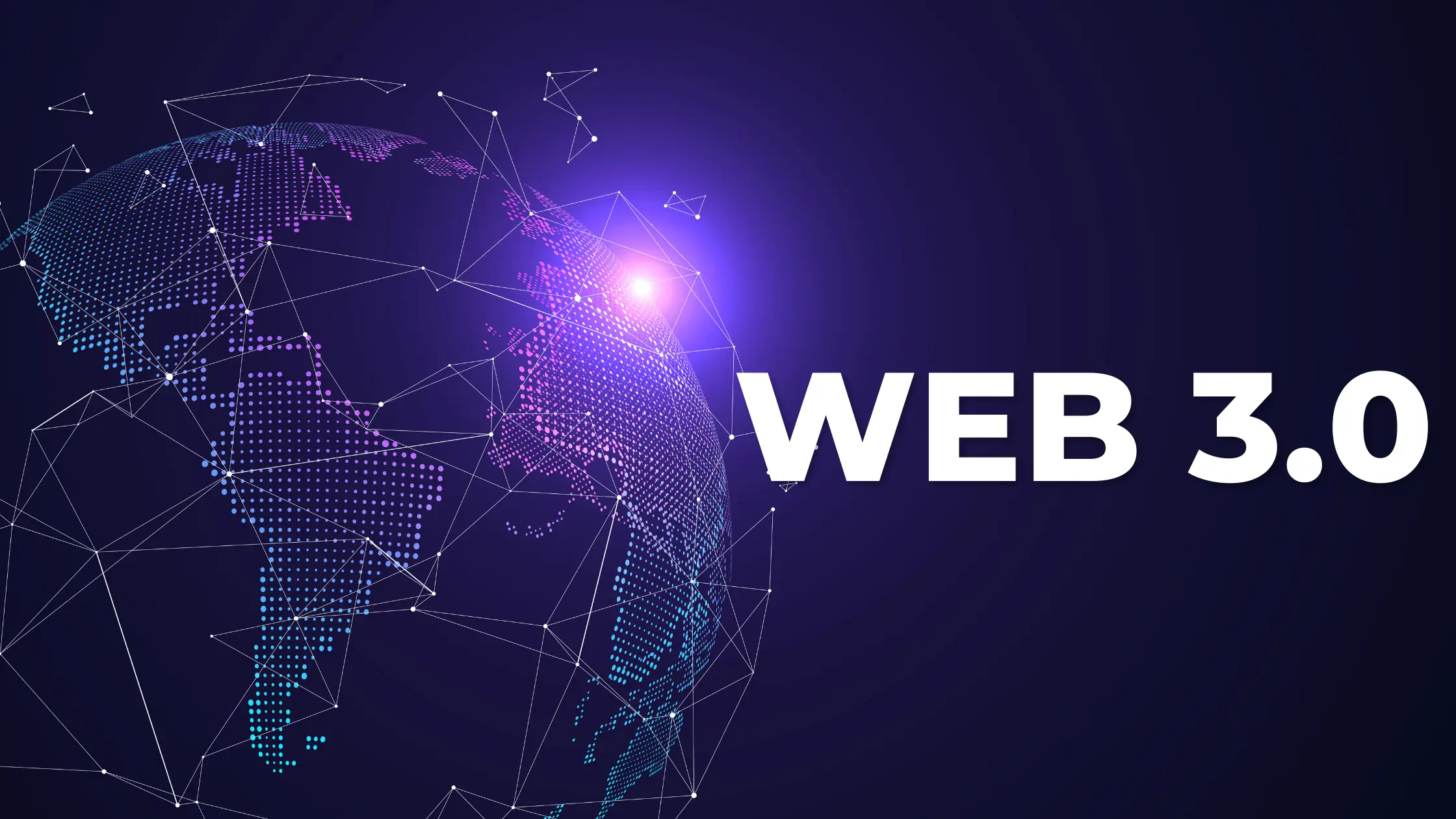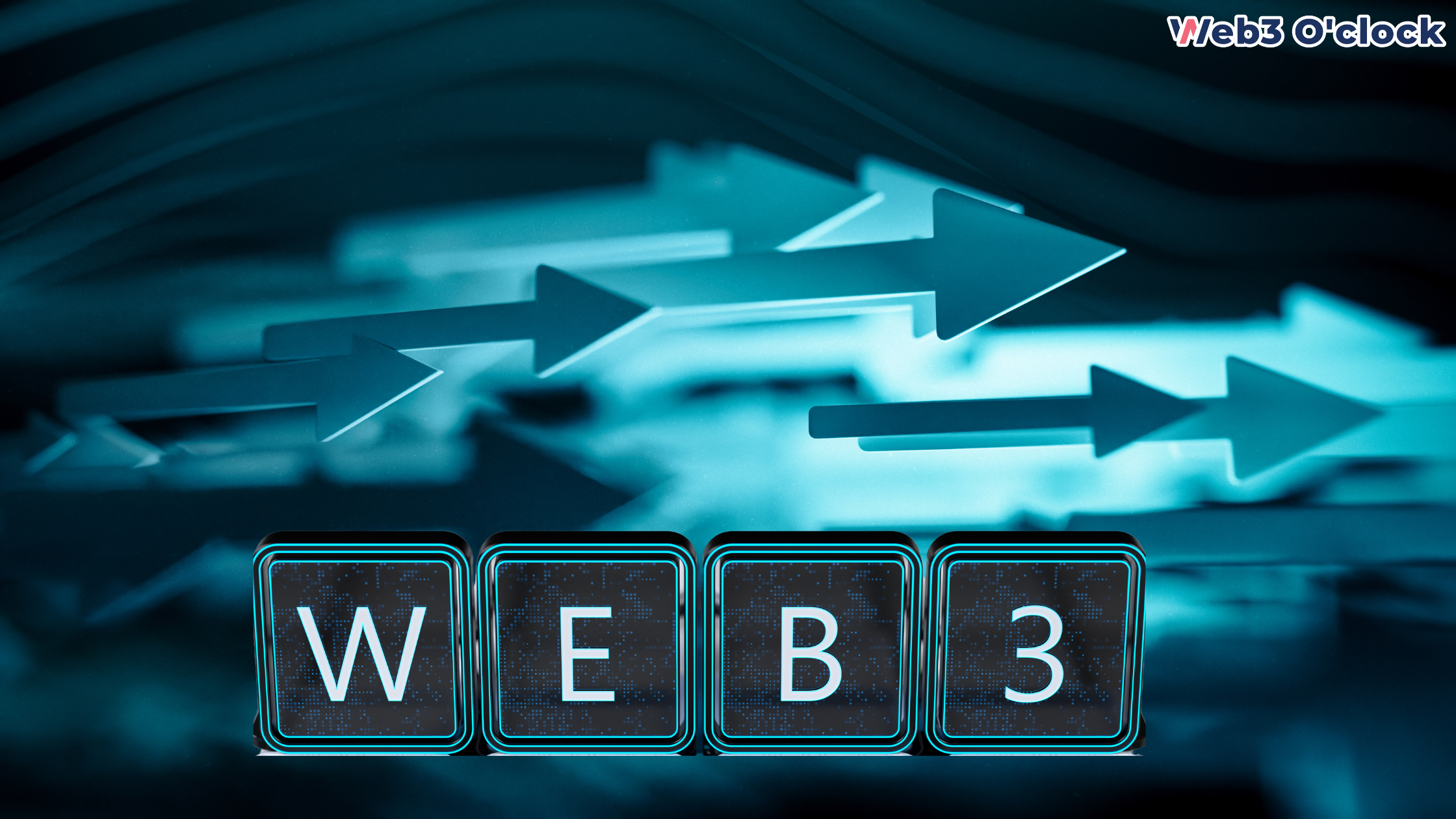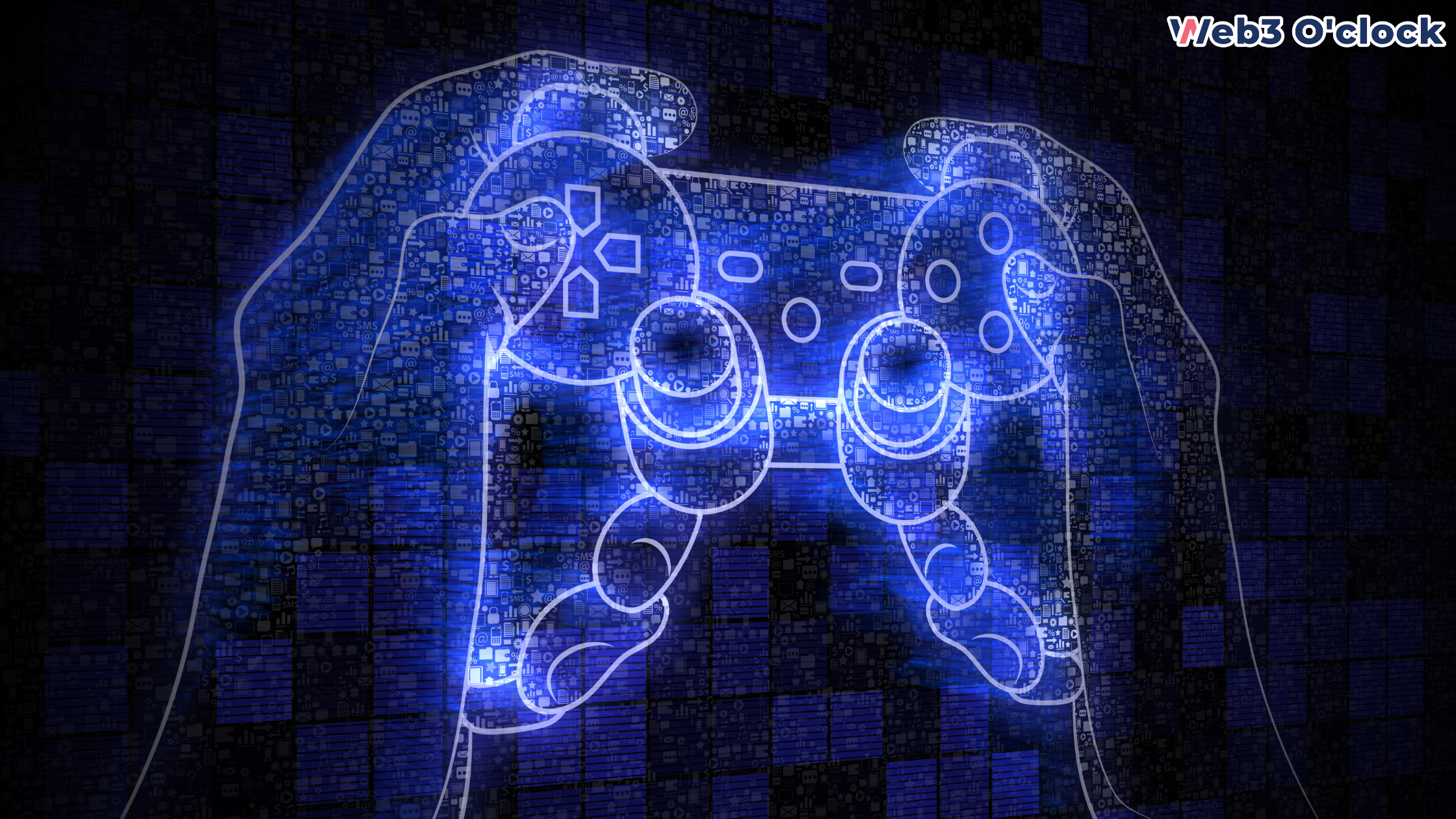What is web 3.0 and how is it different from web 2.0?
Web 3.0 refers to the 3rd generation of the World Wide Web(www) & is characterized by the use of advanced technologies such as Artificial Intelligence(AI), Semantic Web, and decentralized networks to enhance user experience and improve data privacy and security. It aims to provide a more intelligent and personalized web, where information is easily accessible and users have more control over their data.
Web 2.0, on the other hand, is characterized by the emergence of social media, user-generated content, and increased collaboration and interaction on the web.
Examples of Web 2.0
Web 2.0 include Facebook, YouTube, and Wikipedia.
Examples of Web 3.0:
Web 3.0 include decentralized social media platforms like Mastodon, blockchain-based platforms like Ethereum, and AI-powered virtual personal assistants like Siri and Alexa.
In summary, Web 3.0 emphasizes intelligence, personalization, and decentralization, whereas Web 2.0 emphasizes collaboration, user-generated content, and social media.
Why do we need Web 3.0 when we already have Web 2.0 in place?
Web 3.0 is seen as a necessary evolution from Web 2.0 due to several key issues that have arisen with the current web:
- Centralization: Many of the biggest Web 2.0 companies have become highly centralized, leading to issues with data privacy and control. Web 3.0 aims to address this through decentralization and blockchain technology.
- Lack of Interoperability: Web 2.0 applications and platforms are siloed, leading to a fragmented user experience and difficulties in accessing and exchanging data between different platforms. Web 3.0 aims to address this through the use of common standards and protocols.
- Limited Intelligence: Web 2.0 is limited in its ability to understand and make use of the vast amounts of data available on the web. Web 3.0 aims to address this through the use of advanced technologies such as AI and the Semantic Web.
In short, Web 3.0 aims to address the limitations and challenges of Web 2.0, making the web more intelligent, accessible, and secure for users.
What are the features of web 3.0?
The features of Web 3.0 include
- Decentralization: Web 3.0 is built on decentralized technologies, such as blockchain, which allow for the creation of decentralized applications and platforms.
- Enhanced Privacy and Security: Web 3.0 uses advanced technologies, such as cryptographic algorithms and decentralized networks, to enhance the privacy and security of user data.
- Interoperability: Web 3.0 aims to standardize and integrate data and applications across different platforms, allowing for greater ease of use and data exchange.
- Semantic Web: Web 3.0 seeks to make the web more intelligent, using technologies such as the Semantic Web to understand and make use of the vast amounts of data available on the web.
- Artificial Intelligence: Web 3.0 uses AI and machine learning to enhance the user experience, allowing for greater personalization and automation.
- Virtual and Augmented Reality: Web 3.0 includes the integration of virtual and augmented reality technologies, allowing for more immersive and interactive online experiences.
These features, among others, aim to make the web more intelligent, accessible, and secure for users, and offer the potential for new and innovative use cases and applications.
What are the benefits of Web 3.0?
Web 3.0 offers several potential benefits, including:
- Decentralization: Web 3.0 seeks to decentralize the web, giving users more control over their data and reducing the power and influence of large centralized companies.
- Improved Privacy and Security: Web 3.0 uses advanced technologies such as blockchain to enhance the privacy and security of user data.
- Enhanced User Experience: Web 3.0 aims to make the web more intelligent and personalized, with improved navigation and search capabilities, and the ability for virtual assistants to carry out tasks for users.
- Interoperability: Web 3.0 seeks to standardize and integrate data and applications across different platforms, allowing for greater ease of use and data exchange.
- Increased Accessibility: Web 3.0 aims to make the web more accessible to all, regardless of language, location, or device.
In summary, Web 3.0 promises to deliver a more secure, intelligent, and accessible web, giving users greater control over their data and providing a more seamless and personalized experience.
What are the technologies used in Web 3.0?
Web 3.0 is made up of the following technologies:
- Artificial Intelligence (AI): Artificial intelligence is a broad term that refers to the ability of machines to perform tasks that would normally require human intelligence, such as understanding natural language, recognizing images, and making decisions. AI technologies used in Web 3.0 include Natural Language Processing (NLP) and Machine Learning (ML). NLP is used to process and understand human language, while ML is used to analyze data and make predictions.
- Decentralization: Decentralization refers to the use of decentralized technologies such as blockchain to create a more secure and transparent web. Blockchain is a distributed ledger technology that allows for secure and transparent transactions without the need for a central authority.
- Smart Contracts: Smart contracts are self-executing contracts with the terms of the agreement written directly into code. They are used to automate and streamline business processes, and to create new types of digital assets. Smart contracts are implemented on blockchain technology, which allows for secure and transparent execution of the contract.
- Interoperability: Interoperability refers to the ability of different systems and platforms to communicate with each other seamlessly. This is achieved through the use of open standards and protocols, such as the Resource Description Framework (RDF) and the Web Ontology Language (OWL).
- Linked Data: Linked data is a way of publishing and sharing data on the web, in a way that allows it to be easily linked and connected to other data. This is achieved through the use of URIs (Uniform Resource Identifiers) and RDF (Resource Description Framework).
- Internet of Things (IoT): IoT devices and sensors can collect and transmit data, which can be analyzed and used to create new applications and services. IoT devices are connected to the internet and can communicate with other devices and systems, allowing for the creation of smart homes, smart cities, and other connected systems.
These technologies are expected to be integrated and used together in order to achieve the goals of Web 3.0 and make the web more intelligent and more connected.
What are the limitations of Web 3.0?
Web 3.0 is a new and rapidly evolving technology, and as such, it faces several limitations:
- Complexity: The technology behind Web 3.0, such as blockchain and decentralized networks, can be complex and challenging to understand for the average user.
- Adoption: Web 3.0 faces challenges in gaining widespread adoption, as users may be hesitant to switch from familiar and established Web 2.0 platforms.
- Interoperability: Web 3.0 relies on the development of common standards and protocols, and achieving interoperability across different platforms and applications may prove difficult.
- Scalability: Decentralized networks can struggle with scalability, as the amount of data and transactions being processed increases.
- Regulation: Web 3.0 faces regulatory challenges, as governments and regulatory bodies seek to understand and control the use of decentralized technologies.
In summary, Web 3.0 faces several limitations, including complexity, adoption, interoperability, scalability, and regulation, which must be overcome for it to realize its full potential.
What are some popular and innovative use cases of web 3.0?
Here are some popular and innovative use cases of Web 3.0:
- Decentralized Finance (DeFi): The use of blockchain technology to create decentralized financial applications and platforms, such as decentralized exchanges and lending protocols.
- Digital Identity: The use of decentralized identity solutions, such as blockchain-based identity systems, to allow individuals to control and manage their personal data and online identities.
- Decentralized Social Media: The development of decentralized social media platforms, such as Mastodon, aim to offer a more secure, user-controlled alternative to centralized social media platforms like Facebook.
- Predictive Analytics: The use of AI and machine learning to analyze and make predictions from vast amounts of data, leading to more personalized and intelligent online experiences.
- Supply Chain Management: The use of blockchain technology to increase transparency, efficiency, and security in supply chain management, allowing for greater traceability and accountability.
These are just a few examples of the many potential use cases for Web 3.0, as the technology continues to evolve and mature.
FAQ
How does Web 3.0 impact businesses?
Web3 is expected to boost innovation and entrepreneurship through virtual stores and monetized digital assets. By utilizing blockchain-based technologies, Web 3.0 can enhance transparency and trust between businesses and customers with tamper-proof transaction records. Customers can also monitor their product’s production process with real-time supply chain views.
How can companies leverage Web 3.0 to gain a competitive edge?
Web3 can eliminate unscrupulous outside data brokers who collect user data without consent and monetize it, leading to distrust from clients. By removing these brokers, Web 3.0 companies can improve customer relationship management, supply chain management, and marketing strategies.
What is the difference between Web 2.0 and Web 3.0?
Web 2.0, the “read-write” era of the internet, emerged in the late 2000s and facilitated user interactions with websites. Web 3.0, the future version of the internet, enables users to view, create, and engage with content through a “read-write-execute” model. It includes machine-to-machine communication and versatile applications.
What are the advantages of Web3 technology?
One of the advantages of Web3 is that it can promote innovation and entrepreneurship by enabling virtual shops and monetized digital assets. Additionally, Web3’s blockchain-based tamper-proof record of transactions can increase transparency and confidence between businesses and their customers. It also provides customers with a real-time view of the supply chain, enabling them to monitor their products at each stage of the production process.
What are the disadvantages of Web3 technology?
One potential disadvantage of Web3 is that it may require a higher level of technical expertise to use compared to previous versions of the internet. Additionally, the decentralized nature of Web3 could result in increased regulatory challenges and legal ambiguity. Finally, while Web3 aims to eliminate outside data brokers who collect and monetize user data without their knowledge or consent, it’s possible that new forms of exploitation could emerge as the technology evolves.
What are some use cases of Web3 Technology?
Web3 has numerous use cases, but one of its most prominent applications is in the area of decentralized finance (DeFi). DeFi is a financial system built on blockchain technology that allows for peer-to-peer transactions without the need for intermediaries like banks or other financial institutions.
For example, a user can use a Web3-enabled wallet to interact with DeFi protocols and perform various financial transactions, such as borrowing and lending funds, trading cryptocurrencies, and earning interest on digital assets. One popular DeFi platform that utilizes Web3 is Uniswap, a decentralized exchange that enables users to swap tokens without a central order book or an intermediary. Web3 technology ensures that the transactions are secure, transparent, and immutable.











